Protein is an important component of every cell in your body. It is used to build and repair tissues and to make enzymes and hormones.
Protein is essential in the development of muscles, bones, skin, and blood, and is also a source of energy. It is the second most abundant substance in the body after water.
A wide variety of foods contain amino acids, which are the building blocks of protein (1). And in this post we'll explore some high protein vegetables you can easily add to your diet.
How Much Protein Do We Need?
Protein needs change throughout the course of your life and can increase if you are more active or trying to put on muscle.
The Recommended Dietary Allowance (RDA) is based on body weight and is listed at 0.8 grams per kilogram of body weight for an adult.
If you want to calculate your own RDA, simply multiply your weight in pounds by 0.36. This minimum amount is what is thought to be required to meet the average person's requirement and prevent illness (2).
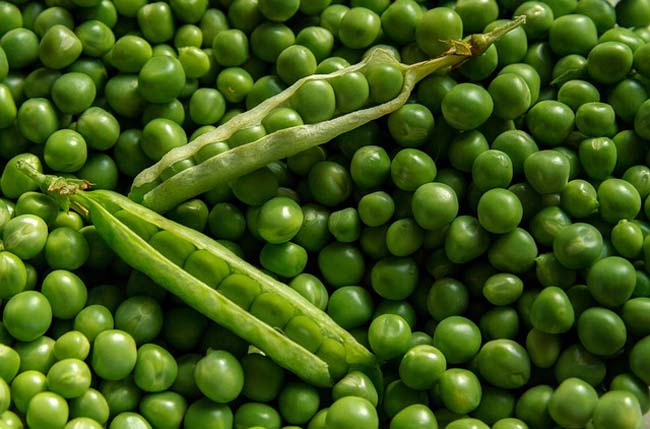
Peas are high in protein.
Amino Acids
Proteins are made up of hundreds of smaller units called amino acids. These are attached to one another by peptide bonds, forming a long chain.
Amino acids are found in a variety of foods and, when eaten, protein is broken down and the amino acids utilized in building and repair.
Amino acids are important because they help the body to grow, repair tissues, digest food, and are an important part of many other functions for a healthy body.
There are three types of amino acids:
- Essential amino acids
- Non-essential amino acids
- Conditional amino acids
There are about 20 different amino acids commonly found in plant and animal proteins. For adults, 8 of these have to be provided in the diet and are therefore defined as ‘essential’ or ‘indispensable’ amino acids (3). These are:
- Leucine
- Isoleucine
- Valine
- Threonine
- Methionine
- Phenylalanine
- Tryptophan
- Lysine.
However, as long as you eat varied diet you needn't worry about getting enough essential amino acids. The body is very efficient at pooling these essential amino acids and then building the chains required for bodily maintenance.
A simplified explanation of this would be this: If you were to eat a particular food that contains six of the essential amino acids, and then a meal later in the day that contains the other two essential amino acids, your body will simply add to the six it had already consumed to form the complete chain.
So what plant foods can we eat a variety of to ensure we are getting enough protein, and indeed our essential amino acids?
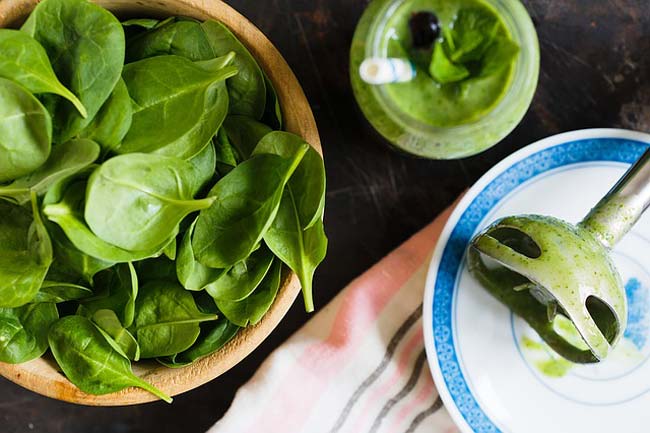
Spinach is rich in protein.
21 High Protein Vegetables
1. Edamame
Protein Content: 18 grams per 1 cup
Overview: Popular as an appetizer, you can find Edamame at most grocery stores. Steam it and lightly salt it, or pair a dip with it, or add it to a vegetable stir fry for an extra dose of protein.
Other Nutritional Benefits: Rich in vitamin K, folate, potassium, magnesium, calcium, and phosphorous. Several studies have also found that soy protein, of which edamame is a source, may be able to reduce cholesterol (4).
2. Peas
Protein Content: 8 grams per cup
Overview: These little green powerhouses are packed with protein. Easy to cook from frozen or fresh, they make a super side to any main meal or can be tossed on a salad.
Other Nutritional Benefits: Peas also contain vitamin K, vitamin B1, B6, B3, and B2, as well as manganese, copper, phosphorus, folate, zinc, iron and magnesium. They are also full of phytonutrients such as coumestrol which can help protect against stomach cancer (5).
3. Lima Beans
Protein Content: 6.84 grams per 100 grams
Overview: Although technically a legume, these beans are full of nutrients and are commonly found in stir fry dishes or fried rice. They are also found in both Southern and Mediterranean cooking and can be featured as a side dish, added to soups, or used as a base for dips and spreads.
Other Nutritional Benefits: Lima beans are a good source of potassium, fiber, iron, magnesium, phosphorus, and folate. Eating lima beans can contribute to better heart health due to their folate content, while the manganese boosts energy levels (6).
Note that the majority of beans are high in protein, including kidney beans, Adzuki beans, and Pinto beans. Lentils also pack a whopping 18 grams per cup!
4. Potatoes
Protein Content: 5 grams per 1 medium potato (with skin on)
Overview: Potatoes are one of the most popular vegetables and almost everyone enjoys them somehow. There is also an infinite number of ways to prepare them, whether it’s steamed, mashed or baked, or making them into fries.
Other Nutritional Benefits: Potatoes contain potassium, vitamins C, B6, iron, magnesium, manganese, folate, and calcium.
5. Artichokes
Protein Content: 4 grams in 1 artichoke
Overview: Artichokes are a popular ingredient in the Mediterranean diet. Versatile and filling, this low-calorie vegetable can be steamed or baked and is also great in salads.
Other Nutritional Benefits: Artichokes contain lots of folic acid, and vitamins C, K, and B6, potassium, copper, iron, and fiber.
6. Spinach
Protein Content: Approximately 3 grams in 3 cups
Overview: This leafy green is packed with nutrients and is delicious when eaten raw in a salad or cooked with some garlic and herbs. Spinach is easily added to a smoothie as a way to get in some extra greens without even noticing.
Other Nutritional Benefits: Spinach is full of anemia-fighting iron and immune boosting vitamin C. It also has a lot of antioxidants and is an excellent source of calcium, potassium, vitamin A, and folate.
7. Kale
Protein Content: Approximately 3 grams per 1 cup
Overview: Kale has been incredibly popular in recent years and is much more than just a salad ingredient. Add it to soups and casseroles, blend it in your favorite fruit smoothie, or make some kale chips in the oven for a healthy snack.
Other Nutritional Benefits: Kale is a good source of omega-3 and omega-6 fatty acids, vitamins K, C, A, and B6, calcium, potassium, manganese, and magnesium. It also contains the nutrients lutein and zeaxanthin, which have been connected to reducing the risk of cataracts and macular degeneration (7).
8. Brussels Sprouts
Protein Content: 3 grams per 1 cup
Overview: Roasting or steaming brussels sprouts is a great way to enhance their flavor. They can also be eaten raw and shredded on a salad.
Other Nutritional Benefits: These little round vegetables are packed with potassium, folate, iron, calcium, magnesium, and vitamins A, B6, C, and K. Brussels sprouts can also assist the growth of good intestinal bacteria and have other beneficial properties for gut health (9).
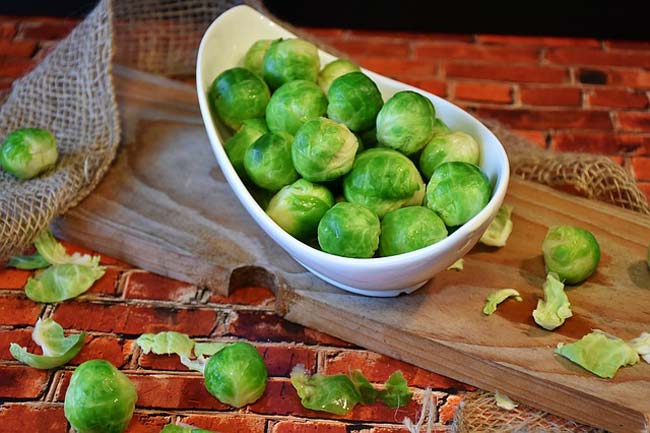
9. Broccoli
Protein Content: Approximately 2.6 grams per cup or 4.26 grams in 1 medium stalk
Overview: If you’re not a broccoli fan, you can easily incorporate this vegetable into a delicious dish. Steam it for a healthy side dish, or disguise it in a soup or casserole.
Other Nutritional Benefits: Broccoli contains folate, manganese, potassium, phosphorous, and vitamins K and C. It also contains glucosinolates, which have been shown to have cancer-fighting properties (8).
10. Sprouts
Protein Content: Between 2-3 grams per cup depending on the sprout
Overview: These delicious living foods can add a touch of freshness to any dish and there are many kinds to choose from, including alfalfa, clover, and broccoli. Sprinkle them on top of a salad, add them to a sandwich, or put them inside your favorite wrap as part of a healthy meal.
Other Nutritional Benefits: In addition to protein, sprouts contain B vitamins such as B1, B2, B3, B5, B6, and B12. They also contain vitamins A, C, D, E, and K along with calcium, iodine, iron, magnesium, manganese, phosphorous, potassium, selenium, and zinc.
11. Mushrooms
Protein Content: 2.97 grams per 1 cup
Overview: Popular as a pizza topping, mushrooms are known for their tender texture, making them a great meat replacement in almost any dish. They are also low in calories and can be added to a salad or sandwich.
Other Nutritional Benefits: Mushrooms are a good source of potassium, phosphorus, folate, selenium, and vitamin D.
12. Asparagus
Protein Content: 2.9 grams in 1 cup
Overview: Asparagus makes the perfect accompaniment to any meal. It is high in fiber so will leave you feeling full and satisfied. Steam, roast, or grill it to draw out its sweetness.
Other Nutritional Benefits: In addition to fiber, asparagus contains vitamins B, A, and K, folate, copper, manganese, magnesium, and phosphorous. It is also a good source of glutathione, an antioxidant that helps the body detoxify.
13. Corn
Protein Content: Approximately 2.5 grams in a ½ cup or 4.68 grams in 1 large ear
Overview: Corn has been around for centuries. Whether grilling corn on the cob in the summer or opting for frozen or canned in the colder months, it’s easy to make this vegetable a part of your diet.
Other Nutritional Benefits: Corn is full of fiber, thiamine, vitamins C and B6, folate, magnesium, phosphorus, and magnesium.
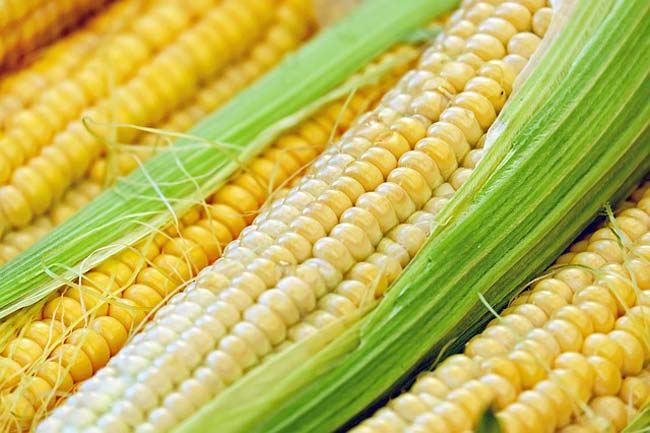
14. Cauliflower
Protein Content: 2.05 grams per 1 cup (chopped)
Overview: This cruciferous vegetable is an excellent meat substitute with which you can make cauliflower “steaks” or buffalo “wings”. Steam or roast it, use it as a base for making hummus, eat it with some seasoning on the side, or blend it to make a delicious soup.
Other Nutritional Benefits: In addition to potassium, manganese, magnesium, phosphorous, calcium, vitamins C and K, and iron, cauliflower has also been found to contain sinigrin. This glucosinolate compound may possess properties that fight against cancer and inflammation (9).
=> Your Next Read: The Best Plant-Based Protein Supplement
15. Arugula
Protein Content: 2.57 grams per 100 grams
Overview: This leafy green is a great lettuce substitute and is known for its unique, peppery flavor. Not only is it great as part of a salad mix, but it can be used as a pizza topping or tossed on top of a pasta dish.
Other Nutritional Benefits: Arugula contains vitamins A, C and K, folate, potassium, and calcium. It’s a rich source of phytochemicals, antioxidants, and minerals like copper and iron.
16. Okra
Protein Content: 1.93 grams per 1 cup
Overview: Popular in the South and a common ingredient in gumbo, okra is also found in Indian and African cuisines. It can be pickled, fried, roasted, or put in a stew or curry and eaten with rice.
Other Nutritional Benefits: Okra is rich in fiber, vitamins A, C, K, folate, magnesium, iron, calcium, and manganese.
17. Collard Greens
Protein Content: Approximately 1 gram per 1 cup
Overview: Collard greens have long been a staple of Southern soul food cooking and are also becoming popular as an alternative to tortillas to make wraps. Collard greens can be cooked down and sauteed to accompany other vegetables or rice or beans, or added to soup for extra nutrients.
Other Nutritional Benefits: The antioxidants in collard greens have been linked to helping decrease the risk of prostate and breast cancer. Collard greens also contain a compound that helps to reduce cholesterol. In addition to these benefits, they contain calcium, potassium, and manganese (10, 11, 12).
18. Avocado
Protein Content: 2.67 grams per 1 medium avocado
Overview: Avocado’s popularity has been on the rise lately as it makes a splash beyond guacamole and graces toast and sandwiches. This creamy fruit is a great alternative to fats like mayonnaise and can be added to wraps, sandwiches, and veggie sushi. You can even add it to a smoothie for some healthy fats.
Other Nutritional Benefits: Avocados also contain potassium, calcium, and vitamins A, B, C, and K. They also contain biotin, a nutrient that helps support healthy skin, hair, and nails.
19. Bok Choy
Protein Content: Approximately 1 gram per 1 cup
Overview: This tender green is often found in Asian cuisines as part of a stir fry. It is also featured in the popular Vietnamese pho soup. It is delicious when grilled or cooked with a little bit of sesame oil, and can also be eaten raw in a salad.
Other Nutritional Benefits: Bok choy is a good source of vitamins A, C, and K, calcium, folate, iron, manganese, and potassium.
20. Watercress
Protein Content: Approximately 1 gram per cup
Overview: Watercress is a cruciferous vegetable with a slightly peppery, tangy flavor, making it the perfect addition to enhance a salad or sandwich. It has delicate green leaves and lends a note of freshness to any dish.
Other Nutritional Benefits: Watercress is high in B vitamins, calcium, potassium, and vitamins A, C, and K. It is said to be helpful in fighting cancer, particularly colon cancer. It also contains a healthy amount of omega-3s and has anti-inflammatory effects (13).
21. Turnip Greens
Protein Content: 2.34 grams per 10 ounces
Overview: These greens are popular in Southern cuisine and are packed with vitamins and minerals. If you aren’t sure how to use them, just substitute them in any recipe that calls for spinach or kale.
Other Nutritional Benefits: Full of carotenoids, they are an excellent source of vitamins A, C, and K, folate, copper, manganese, calcium, folate, and vitamin B-6.


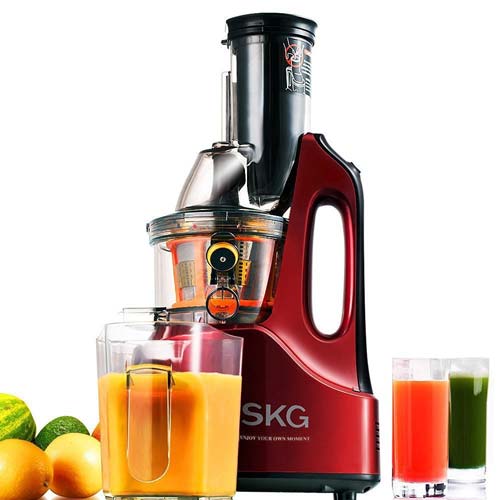
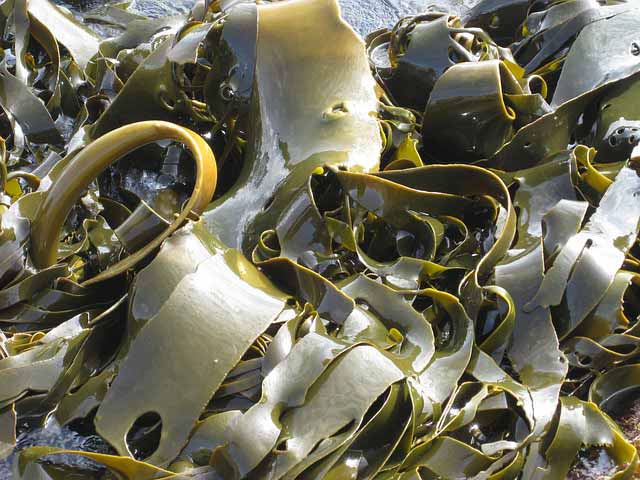
Leave a Reply